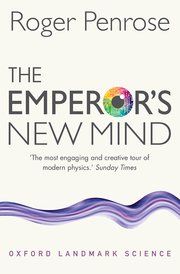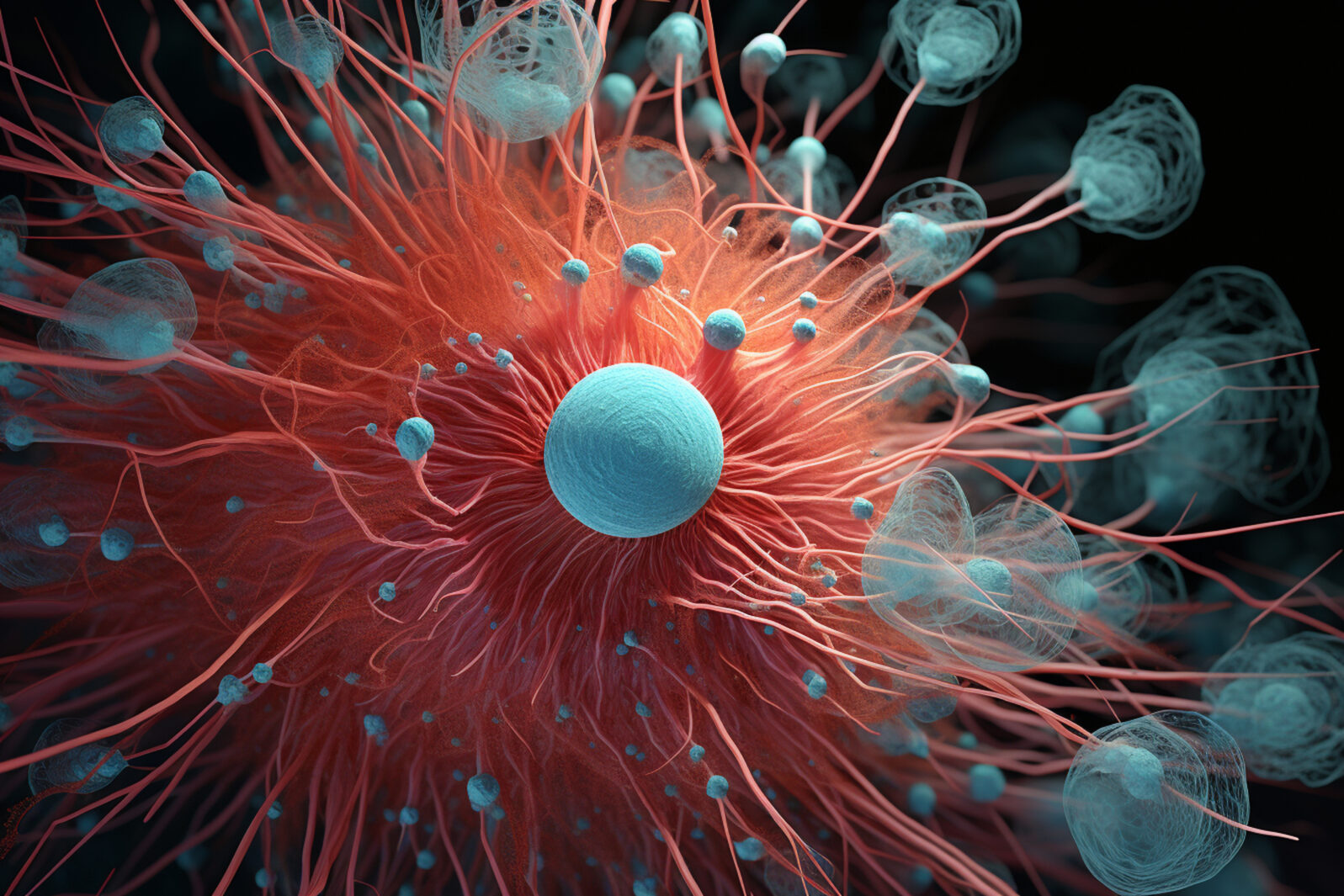How Quantum Theory Relates To Consciousness
Experimental physicist Rob Sheldon explains the background to Hameroff and Penrose’s contested quantum consciousness theory, which is beginning to be testedYesterday, we ran a piece, “The theory that consciousness is a quantum system gains support,” which details a new interest in testing Stuart Hameroff and Roger Penrose’s quantum theory of consciousness (Orch OR theory). Many of us are unclear just how quantum theory relates to consciousness. Available evidence has amounted to saying that some phenomena are best explained that way.
A faithful reader, experimental physicist Rob Sheldon, has offered to help with the background to quantum theories of consciousness. Here’s what he writes to say:
—

I’ll try a stab at explaining what quantum mechanics (QM) has to do with consciousness. The key document is prominent mathematical physicist Roger Penrose’s book, The Emperor’s New Mind: (Oxford, 1989). Here’s the first Wikipedia paragraph on the topic:
Penrose argues that human consciousness is non-algorithmic, and thus is not capable of being modeled by a conventional Turing machine, which includes a digital computer. Penrose hypothesizes that quantum mechanics plays an essential role in the understanding of human consciousness. The collapse of the quantum wavefunction is seen as playing an important role in brain function.
Determinism and materialism are practically inseparable. But consciousness is non-algorithmic or non-deterministic. In order to argue that “the mind is more than the brain” without becoming a dualist (a person who believes in the reality of the immaterial mind), Penrose, who is a patron of the Humanist Society, reaches for QM as something both material and non-deterministic, which would make consciousness more powerful than computers.
The problem Penrose has is that QM is a microscopic thing, but brains and people are macroscopic. So he needs a wavefunction that can be non-local, non-mechanical, and non-material that can nevertheless be of macroscopic dimensions — preferably greater than the size of the skull.
Louis de Broglie (1892–1987) said that the wavelength of the wavefunction is Size=h/(mv). When you plug in values for h, m, and v, that gives sizes about the width of an atom. Penrose’s hypothesis is that 1-D structures have an elongated wave-function, making the neurons’ microtubules the right shape to have long wavefunctions.
Then, when one microtubule overlies another, the wavefunctions overlap. Because every cell has microtubules, there’s a single entangled wavefunction stretching from ear to ear. Since the wavefunction is non-local and distributed, it responds to all sorts of inputs that might be physically removed from the brain. When a decision is made, the “collapse of the wavefunction” leads to a discrete “digital” effect despite a distributed “analog” input.
“Penrose consciousness” therefore escapes the paradoxes of non-computable problems that plague the Universal Turing Machine model of the brain.
—
Right? Wrong? Not even wrong? We shall see. But relative to the 1990s’s “You’re nothing but a pack of neurons” craze, many more options are now on the table.
Note: The featured image tries to depict the microtubules that provide structure and shape for cells.
You may also wish to read: The theory that consciousness is a quantum sys.tem gains support. Hameroff and Penrose’s Orch Or Theory sees consciousness as the outcome of a quantum collapse of a wave function. How a quantum theory of consciousness will work out is anyone’s guess but here’s a prediction: It won’t help the cause of materialism much.
